|
image source: https://medium.com/the-ai-education-project/introducing-the-ai-education-project-3c1f1fc31fd2 As I continue my journey exploring AI and its implications for teaching and learning, I spent some time reviewing the curriculum available at The AI Education Project. Their site has free curriculum available for students and educators as well as information for advocates. They have partnered with some of the big tech companies including Google, OpenAI, Microsoft and GitHub and have a mission to create equitable learning experiences that teach foundational AI skills. There are high interest, flexible lessons and activities that range from 5 minute warm ups to a semester long Introductory course. The AI Education Project implements culturally relevant pedagogy and project-based learning as a foundation for their curriculum and the content choices reflect a broad range of topics that teachers of any subject matter can find relevant.
AI Snapshots offer 180 five minute warmups organized by the four core subject areas: English, Math, Science and Social Studies. Each warm-up starts with a slide that asks students a thought-provoking question or design challenge. Then there is a second slide titled: Things You May Have Considered. That helps students and teachers explore the topic more deeply. It's a great way to get students to begin to think about the complexities and impact of AI in various disciplines and aspects of our lives. There are also AI Challenges that students can work through on their own that challenge students in timely tasks such as proving they are smarter than ChatGPT and improving their TikTok algorithm. These are wonderfully engaging independent lessons for curious high schoolers to try. For Computer Science and Technology teachers who are interested in bringing AI into their curriculum, the AI Education Projects offers a Project Dashboard that provides project-based learning on a variety of topics related to AI. One of my favorite projects on the dashboard is The 29 A.Is of Washington D.C. where students follow the journey of individual citizens and see how their lives are impacted by AI. It is a memorable, equity-focused lesson that drives home the problem of bias inherent in AI systems. The Intro to AI course is an incredibly thoughtful and well-designed course that provides foundational skills in AI while having students create their own AI recommendation system using Hugging Face. The course includes lesson plans, a teacher's guide, a slide deck and a student workbook. While this course is recommended for 10 weeks, it could easily be built out to last an entire semester. This course is one of the best examples of culturally relevant pedagogy in the field of computer science that I have seen. It gets students to consider AI in ways that are based in the real world. It has them explore biases inherent in data and gives students ample choice to explore their own interests. Furthermore it provides teachers with explicit guidelines to teach the course in a way that makes it accessible to those who may feel a bit intimidated to teach a course in AI. Finally, the AI Education Project offers live professional development and toolkits for educators and advocates who are interested in getting AI implemented in their classrooms, schools, and districts. The AI Education Project is doing incredible work in the field of equity focused and civic-minded computer science education. I highly recommend it as a place to go to find curriculum and guidelines related to teaching AI. I recently completed the IBM Skillsbuild Artificial Intelligence Fundamentals program which is a 10 hour program designed to help you understand what AI is and how it is being used in a variety of industries. I thoroughly enjoyed this learning experience, not only because of the content, but it is an example of genuinely well-crafted instructional design as well. There are 6 course in the program along with two optional bonus courses. The lessons are easy to work through, engaging and broken up in a way that maximizes impact and interest. It would work well for high school students and educators to understand fundamental AI principles. IBM Skillsbuild also has content and courses specifically for high school students and educators related to AI, but I have yet to explore those. The first three course provided a clear explanation of AI, LLMs and machine and deep learning. These courses provided lots of engaging activities, thoughtful examples and reflection questions to help cement an understanding of concepts covered. One of my favorite courses in the series was Run AI Models with IBM Watson Studio. The course is a simulation using IBM Watson Studio and you get a chance to see how a financial business might run an AI model. It was fun to go through that process. I also enjoyed the AI Ethics course that involved scenario based learning to help you think through some of the ethics issues related to AI. Finally, the Your Future in AI course featured two videos of employee involved with AI, one of whom was an instructional designer for IBM. I am excited to do a new certification soon on Sustainability and Technology. I recommend the AI Foundations Course to anyone interested in getting a solid grasp of Artificial Intelligence.
I had the opportunity last weekend to attend a professional boxing judge training run by Steve Weisfeld. Weisfeld is a NJ Hall of Fame judge who has judged over 2500 professional fights. Most recently he judged the last Amanda Serrano fight, the Stevenson vs. De Los Santos fight and the Benavidez vs. Andrade fight. It was an intense and powerful training and I came away with a new understanding of what it means to be a high quality judge. The biggest takeaway for me was that you MUST be fair to both fighters. That means judging each round individually, not favoring a boxer because they are a champion or have the crowd behind them or have a style you like, but truly looking for who throws the most clean, effective punches. Weisfeld taught us that we must have a mental computer running where you know who is winning and by how much at every second of the round. He notes that different people have different methods, but that is the name of the game. As he states in the above video, "our allegiance is to the round." In order to improve focus Weisfeld gave two gems of advice that I had never heard of before. First, he told us to "Be Less Selfish." The fight is about the two fighters in the ring. You owe it to them to give the fight your full attention. Secondly, he told us that the best state of mind when judging is to be a little excited. He says if we are too calm, we might miss something and if we are too excited, it's really hard to focus. I had always assumed it was important to be calm, but Weisfeld argues that we must be immersed in the action and create our own excitement to maintain serious focus on the fight. Being a boxing judge is a second profession, not a hobby he states. You may not make a living from being a judge, but we have the boxers' livelihoods in our hands and our decisions can impact the path their careers take tremendously. In the training we were challenged to score what Weisfeld called atypical rounds. These were rounds that are especially hard to judge due to being extremely close or having other attributes that make them challenging to judge. Weisfeld notes that most rounds have a clear winner. He noted that in 2022 only 5% of fights ended in a split decision. That was surprising to hear, but also good to hear. Weisfeld carefully selected rounds that were instructive and as a group we discussed the rounds and then found out what the actual scores were and what Weisfeld felt were reasonable scores. My understanding of judging is pretty solid, but this really helped me understand the importance of being focused and decisive in your decisions. At the beginning of the training Weisfeld asked us each to reflect on what brought us to being a boxing judge. For me, I know that now is my time to give back to the sport that gave me so much, but I can't help but acknowledge the pain and loss of confidence that came from some of the decisions had on my career. I was a fight anyone, anywhere type of fighter and I definitely lost some of my fights especially those at the end of my career. But of the 5 World Title fights I had, I truly felt I won all of them. They were each in 5 different countries and I received a majority decision, a draw, a split decision, a loss and a win. The loss was in North Korea, so that explains that. Only one of those fights was in the U.S. and that was my win. It is what it is, but it is a big motivation for me to get better at judging. I know I still need to work on honing my focus when it comes to judging, but I do take each bout I judge seriously and I will continue to strive to do right by both fighters. I am grateful I had this opportunity at taking a masterclass from a truly masterful judge and teacher. Thanks Steve Weisfeld! Image Source: https://cs.illinois.edu/broadening-participation-computing/programs/ai4all AI4ALL is a nonprofit based out of Stanford University whose vision for AI focuses on building a pipeline for a diverse and inclusive workforce in AI, utilizing people with diverse backgrounds, voices and perspective to make better AI and making more tools for social good by redefining who can be a leader in AI. They have 3 programs: Changemakers in AI, AI4All Ignite, and their Open Learning curriculum. The AI4All Ignite internship program and Changemakers in AI are geared towards preparing undergraduate students from diverse communities for careers in AI. They provide mentors, support in technical interviews and internships as well as community support for students selected for the program. The Open Learning curriculum is foundational curriculum for high school students to help them learn about AI and how it works in various disciplines. They are focusing most of their energy on the college and career readiness programs, but their open learning curriculum is a solid starting place for any high school educator interested in getting their students started in AI regardless of subject area that is taught. The curriculum aligns to the following National Standards:
image source: https://AI-4-ALL.org There are lessons focused on explaining the more technical aspects of AI: "How Neural Networks Work", "How GANS Work", "How CNNs Work" and "How RNNs and Transformers Work". There are also lessons tied to specific topics and disciplines: "AI and Drawing", "AI and Facial Recognition" "AI and Deep Fakes: "AI and the Environment", "AI and Dance" and "AI Ethics". The lessons range from 1-10 hours long. Each lesson contains a detailed Teacher's Guide, Google Slide Deck, as well as a a study guide and google form for students to complete as they go through the lessons. The lessons are filled with experiential activities, explainer videos and discussion questions to allow students to grapple with the implications of how AI is changing our society. Each lesson also contains a spotlight on professionals from diverse communities who are involved in AI work related to the lesson. Most lessons have a project for students to complete once they have gone through the lesson. There is flexibility in how the lessons are taught and a thoughtful Online Strategy Guide and Discussion Strategy Guide provided in each lesson. They also recommend which subject areas each lesson can be taught in and provide relevant standards that are met with each lesson. It is a very thoughtfully crafted set of lessons on AI that intentionally provide detailed guidance so that those who might not otherwise feel comfortable teaching AI can quickly get a handle on AI topics to bring to their students.
 image on freepik.com by vecstock I began learning about generative AI this past spring and since I was working with Rumie at the time I proposed making a microlearning course on generative AI. It was approved and I had a lot of fun creating the course which you can view here: Why is ChatGPT so popular? Learn about generative AI and how people use it. For an example of what generative AI is, I had ChatGPT create a poem about popsicles in the style of Jay-Z and then used Uberduck an audio AI program to generate an audio version of the poem in the voice of Jay-Z.
It has now been a year since ChatGPT came out and it is phenomenal to watch how generative AI is evolving and improving. I have been fascinated with its implications in the educational landscape. How will generative AI be used to personalize and differentiate learning? What policies will education systems come up with to use generative AI? How will assessments and learning experiences need to change now that students can easily access generative AI to create content? How do we amplify the benefits of AI while minimizing the risks in education? These questions have been forefront in my mind as I think about how to create Computer Science curriculum around AI. I watched a webinar this past summer entitled, Leveling up Digital Citizenship Skills with AI and it got me thinking about how we will have to teach students about AI in terms of responsible use and digital citizenship. The idea that students can get answers to homework or get ChatGPT to write an essay is understandably troubling for educators. The capabilities of generative AI are far more sophisticated than the era of being able to use google for an answer or essay and unfortunately for some adolescents the question is often not should I do it, but how do I not get caught at it. Teachers concern around this is absolutely legitimate. One worry I have is that it will make the work of teaching foundational skills like writing, math and even critical thinking increasingly challenging if educational systems don't get a handle on mitigating the risks with the easy access to ChatGPT by students. The way we need to engage and teach students is going to fundamentally change. The world of generative AI is truly going to demand we rethink education. The potential of AI to help not only students, but teachers do their work more efficiently is exciting and yet there is also so much to grapple with in regards to this innovation. I have also spent the last few weeks trying to really get a handle on the impacts of generative AI and how to best craft AI prompts and to really think about how it's potential for use in education. I found some really excellent free courses on Coursera through Vanderbilt University taught by Jules White as well as one by Google called "Introduction to Generative AI". The Google Course is a short 30 minute course that uses really clear graphics to highlight what is going on behind the scenes with generative AI. I completed two of White's courses called "Innovative Teaching with ChatGPT" and "Generative AI Primer". I highly recommend them for anyone interested in understanding how we need to think about using generative AI to amplify human creativity and problem-solving as well as how to engage ChatGPT through prompts to make the most out of it in teaching and other areas of our lives. I have also starting another course by White called "Prompt Engineering for ChatGPT" that I'm really excited about. The courses are lecture style, but White pulls up ChatGPT frequently and shows his process for writing prompts and how ChatGPT responds. One innovative feature of Coursera is that transcript notes can be found underneath the videos and you can highlight text to save as notes, but the really cool thing is that it not only saves the transcript notes, but also saves the video clip. I find it incredibly interesting and exciting to explore the challenges and innovations that generative AI brings to education. It has reinvigorated my passion for computer science education and digital citizenship and I hope I can find a role to be part of this reimagining. of the educational landscape.
Image by pikisuperstar on Freepik
I recently read the book, Data Feminism by Catherine D’Ignazio and Lauren Klein. It offers an insightful look at the many ways that data science mirrors and replicates social hierarchies and injustices. The book starts with the story of Christine Darden, one of the women known as the “human computers” and her story of fighting against a racist, sexist workplace at NASA’s Langley Research center in the 1970s. Throughout the book, it is important to the authors to ground data science in lived experience. D’Ignazio and Klein offers this definition of data feminism:
“A way of thinking about data, both their uses and their limits, that is informed by direct experience, a commitment to action, and by intersectional feminist thought. The starting point for data feminism is something that goes mostly unacknowledged in data science: power is not equally distributed in the world. Those who wield power are disproportionately elite, straight, white, able-bodied, cisgender men from the Global North. The work of data feminism is first to tune into how standard practices of data science serve to reinforce those existing inequalities and second to use data science to challenge and change the distribution of power. Underlying data feminism is a belief in co-liberation: The idea that oppressive systems of power harm all of us, that they undermine the quality and validity of our work, and that they hinder us from creating true and lasting social impact with data science.”(p. 8) D'Agnazio and Klein do a wonderful job analyzing power (who has it and who doesn’t) in data science with thoughtful, varied examples that start with stories of real lives then move into an analysis of all the ways data is used for or against groups of people. They also highlight inspiring stories of data activists who are reclaiming how data is used, collected, represented and contextualized to give power back to marginalized groups. One particular story that stood out to me was the work of Maria Salguero who has individually documented all of the instances of femicides in Mexico over the past 5 years and provides personal data along with links to news reports about each victim. Prior to her diligent work, the Mexican government did not have a database of femicides making it easy to blame the victims instead of understanding that it reflected a larger societal problem. Another powerful story is a project of technology researcher Kate Crawford and design scholar Vladian Joler called the Anatomy of an AI System (https://anatomyof.ai/). This project involves the creation of a data map representing the complicated production, usage, and recycling process of the Amazon Echo Dot. Along with the map, there is a 9,000 word essay explaining the data map. Not only does the map make visible the elusive workings of an AI system, it includes a contextualized explanation to help viewers really understand its process. It is a powerful way to tell the story of data in AI. Each chapter focuses on one of the seven principles of data feminism: examine power, challenge power, elevate emotion and embodiment, rethink binaries and hierarchies, embrace pluralism, consider context and make labor visible. The book provides an important framework and analysis of bias and injustice in data science. There is much work to be done and it is my hope that more people will begin thinking about data and demand more transparency and equity in the field. The book is available online from MIT Press for free: /data-feminism.mitpress.mit.edu/
Last week I had an amazing opportunity to go to the Elite Athletic Training Center in Chula Vista, California to help coach the USA Boxing Elite Junior Women's Team. The team consisted of women ranked in the top 4 of their weight class. Juniors are athletes that are 15-16 years old with a few younger than that.
Chad Wigle is the national development coach for USA Boxing. He is very passionate about building a high-performance boxing program that is based on science and what works. He uses high energy, precise instruction and humor to support the athletes that come through this program and it is inspiring to see. In the last youth international competition in Germany, they brought home 9 medals including 6 gold medals which is an impressive feat. He is interested in bringing up athletes and coaches in his methodology and I was fortunate to get to be a part of learning the basics in this training camp and supporting an amazing group of teen girls who are coming up in the sport. The athletes had a morning and afternoon boxing session as well as a strength and conditioning session. I loved the progression of the program and the way the girls got constant review to really build muscle memory. The sessions were structured to really maximize their work on fundamentals while teaching them a few new tricks to help keep them at the top. The last day was a high-level sparring session and the girls showed so much poise, confidence and fierceness.
There were 12 coaches and 26 athletes, so the girls got a lot of support. We worked on a variety of skills and drills that supported the athletes in using fundamental skills at a high level. I had such a good time with the coaches who were part of the program. They were a group of wonderfully knowledgeable and skilled coaches that showed so much support and respect to one another. It was so heartwarming and fun to work with the girls. So many of them already have the drive, desire and skill to make it in the sport if they choose to and if not they will walk away with a bravery, confidence and resilience that is hard earned in this sport. I cannot wait to see what some of them do in the sport. They truly are the future of this sport. I loved working with this age group of girls and hope to have continued opportunity to work in the high-performance program that is being developed by USA Boxing. I am grateful for the memories and all that I learned and experienced during this camp.
Lately, I ‘ve realized that my biggest passion in education is curriculum development. It was always my favorite part of being a teacher- designing the lessons that I would teach to my students. After my first few years of teaching, I landed in a number of roles that truly gave me freedom in designing curriculum that was innovative, impactful and culturally relevant from designing an ELL curriculum and program for high school students to working on a design team to support teachers to build more engaging online courses, to creating a computer science course for girls. I recently applied for a position as a curriculum developer for Facing History & Ourselves. They are a phenomenal organization whose website is a treasure trove for educators interested in helping students become active, reflective citizens in the world.
Facing History & Ourselves has created the following framework, Pedagogical Triangle for Historical and Civic Understanding.
Source: https://www.facinghistory.org/
According to their website:
“We engage the mind, heart, and conscience of adolescents who are in the midst of determining who they are and how they interact with the world. We challenge our students to reflect on and analyze moral questions and dilemmas that arise during the study of history and literature. Our curriculum guides students as they explore human behavior, asking them to consider connections between their own actions and the actions of others. By examining the complexities of being human, we nurture caring and curious adolescents who grow into brave and engaged adults.” The Facing History & Ourselves scope and sequence known as the Facing History Journey starts by having students examine human behaviors, beliefs and attitudes in their own lives. Students are then presented with a historical case study or piece of literature to further explore the complexity of humanity that was dealt with in the beginning. Finally, students do creative or reflective work to explore the implications in our current society studied in the works they explored. I reviewed in depth two powerful curricular units that I found on the website: Power, Agency, and Voice and Facing Ferguson: News Literacy in a Digital Age. Power, Agency, and Voice is an ELA lesson that focuses on helping students explore what it means to have power and agency and then using your voice to exert that agency. It uses two powerful pieces of literature, a short story by Bethany Morrow called “As You Were” and a spoken word poem by Clint Smith titled, "The Danger of Silence" to contrast ways people use and don’t use their voice to exert power and agency. Facing Ferguson: News Literacy in a Digital Age explores the historical case study of the police shooting of Michael Brown, an unarmed black teenager and the impact it had on the community in Ferguson, Missouri and the nation. Students begin by deciding on a contract for holding sensitive conversations then move into a discussion about identity and bias followed by an exploration of news reports, journalism and social media. For this unit Facing History recorded interviews with a number of journalists and media experts to help students understand their process and perspective. There are several things that are truly impressive about the units. They are broken down into smaller lessons that can be remixed to create additional lessons for other topics. They are student-centered and provide wonderful discussion questions, handouts and teaching strategies to help frame student discussions and keep students engaged. You can create an account on the website and then save lessons, texts, units and teaching strategies into collections for yourself. You can also download the units into Google Classroom and many of the texts are available in Spanish as well as English. Finally, there is a collection of professional development to support teachers in their journey to use this curriculum. I viewed a wonderful professional development webinar with Clint Smith, the poet, teacher and scholar of one of the lessons I reviewed. It was called, "Working for Justice, Equity and Civic Agency in Our Schools." He discussed the work needed to portray a complete history to young people and what that work looks like. I am excited to refer back to Facing History & Ourselves as a gold standard for how to develop rigorous, timely, engaging curriculum that helps students be conscientious and civic-minded as I look for opportunities to go back to work in this field. My hope is to develop relevant curriculum units that explore the intersection of computer science, digital civics and wellness, social justice and stories. I completed another professional development course on LinkedIn Learning called, Foundations of Accessible Elearning. It was an excellent course that gave practical guidelines for supporting learners with disabilities. The course covered the most common disabilities and provided simple and effective ways to adjust curriculum to meet the needs of learners with those disabilities. It helped to refresh my understanding of important ways to make learning accessible. I was reminded of one of my first assignments in my Master’s program where I had to design a keyboard for a person who was paralyzed below the neck. In one of my last observations at Girls Who Code, I was able to witness a wonderful lesson on Accessibility in Game Design that was created and taught by one of my teaching team’s lead TAs. It was such a well-designed lesson and the students really came away understanding principles of accessibility. The lesson was Barbie-themed. Students were first led through a lesson where they were taught some of the key principles of accessibility and shown examples in game design. They then had to critique examples of poor accessibility design. Finally in groups they were challenge to create Barbie and Ken posters that demonstrated good and bad use of accessibility features. There were four groups total, two were tasked with making a poster with good design and two with bad design. Then the class voted on the best poster. The students had a blast! 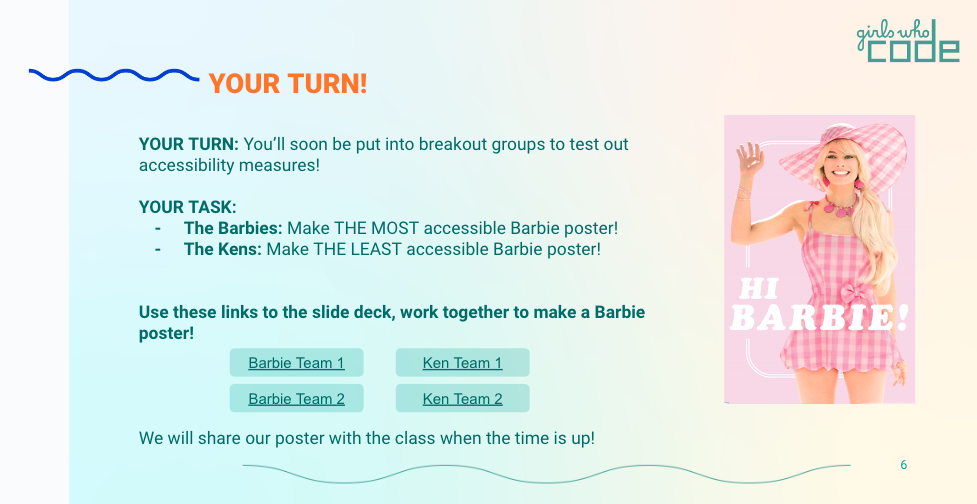 I tried out LinkedIn premium for a month this summer and one of the most valuable benefits is having access to LinkedIn Learning. The first course I took was called, “Creating Inclusive Learning Experiences” by learning and development expert Naphtali Bryant. Bryant argues that making learning experiences inclusive is a powerful way to invite all members of an organization to the table and make it possible to create ownership and authenticity while building skills for those involved. He uses a framework called INCLUDE that provides a practical approach to identifying key features of inclusive learning. He starts by explaining how best to investigate the needs of learners by focusing on what he calls the 4Ps (patterns, problems, priorities, and pain points). This provides a terrific means for doing a needs analysis and truly reflect on the real reasons your learners need the training. He next focuses on what will nourish learners which involves finding the right mix of activities to keep learners engaged. Then, he reminds us of the power of collaboration and the value of working with multiple stakeholders whose expertise can provide the best possible experience for all learners. He then goes on to underline the value of listening to learners and getting to know them and centering learning around who they are. Uniting learners is at the heart of an inclusive design as Bryant reflects that it is about creating an environment where people can be their full self and feel a sense of belonging. The final two steps in the INCLUDE framework are discovery that emphasizes a learner-centered model and empowerment which refers to providing support to individuals along the way and providing participants with practical takeaways and resources to continue their learning after the training.
Bryant provides lots of practical activities for each part of the framework and it was truly an enlightening model to help make sure the learning experiences you design are inclusive. |
AuthorYvonne Caples is a Learning Experience Designer who is passionate about making learning meaningful and engaging for all. Posts
All
|
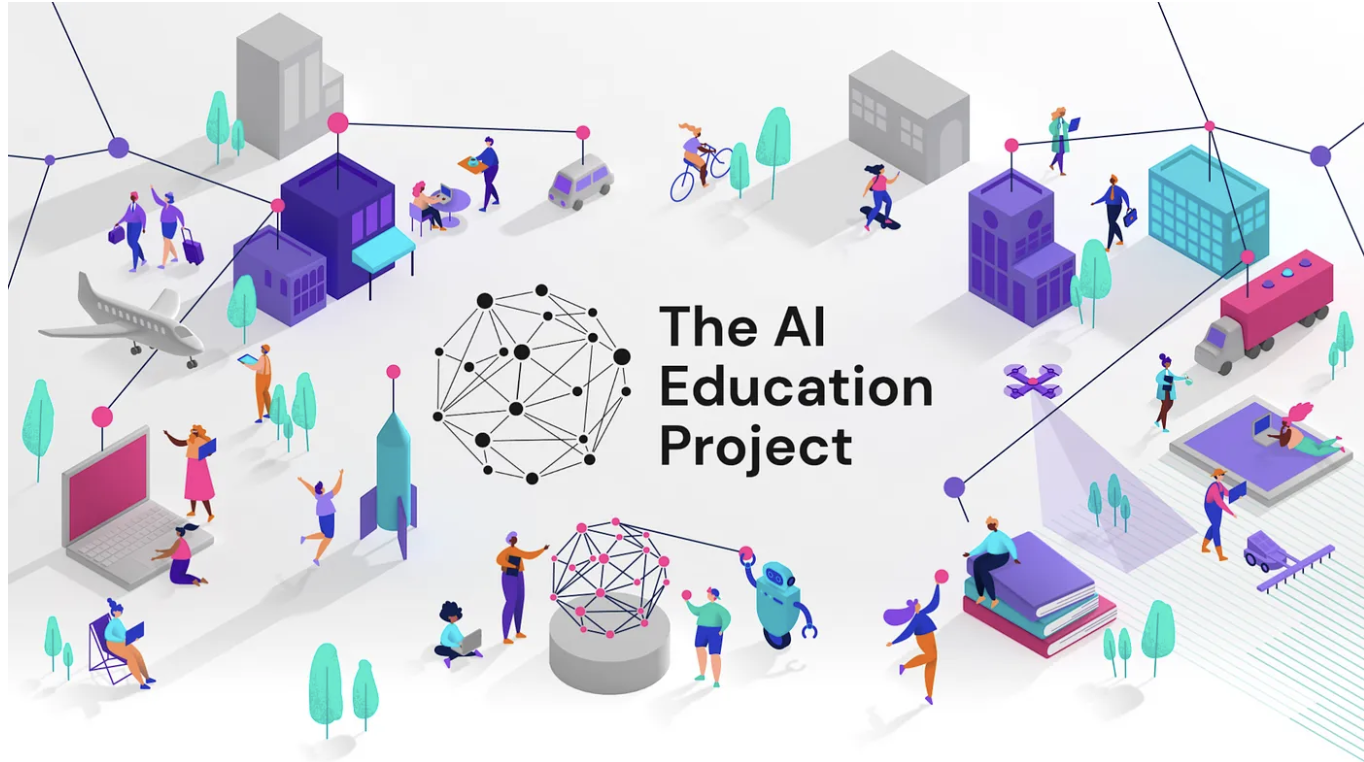

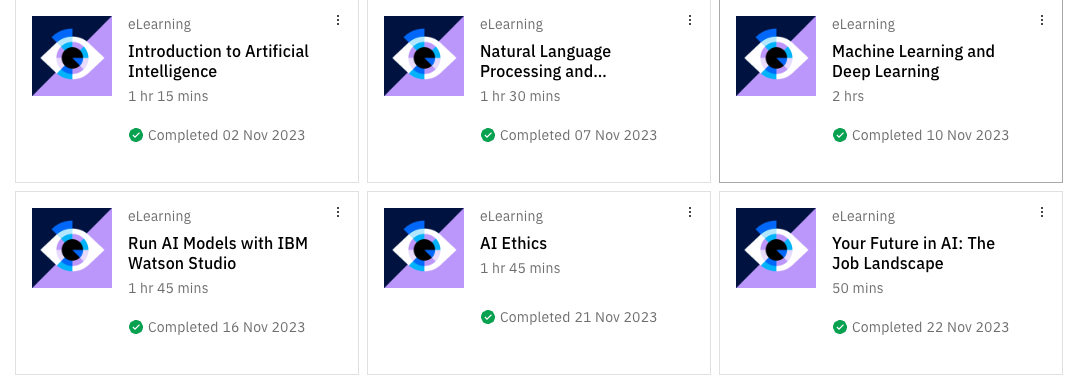
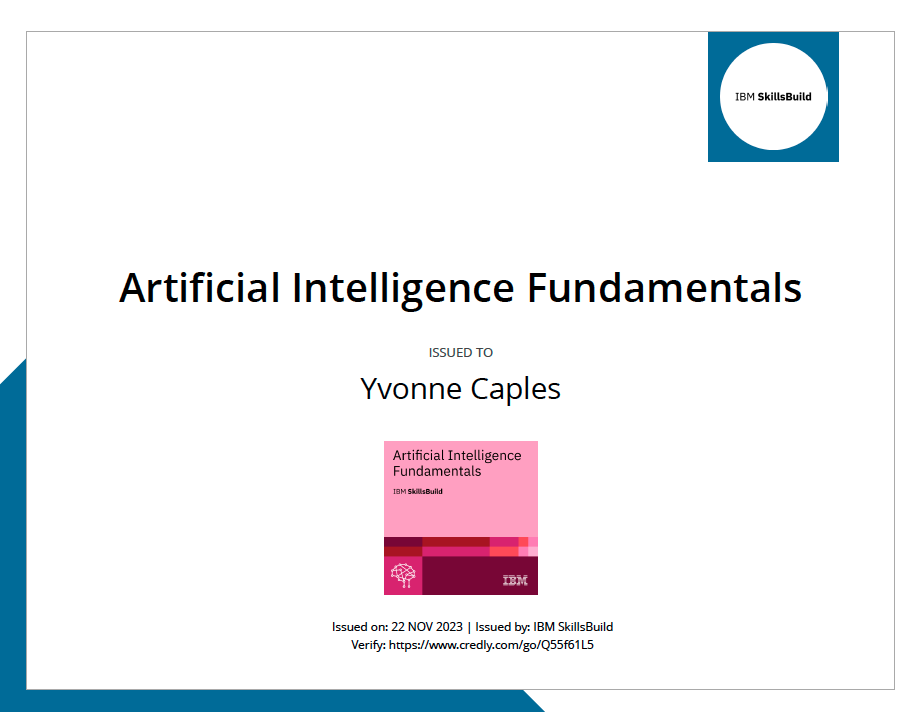
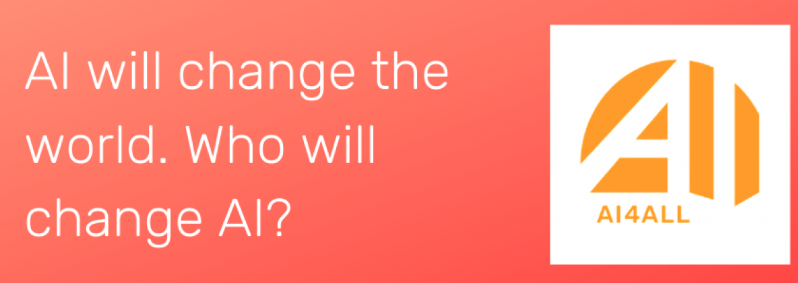
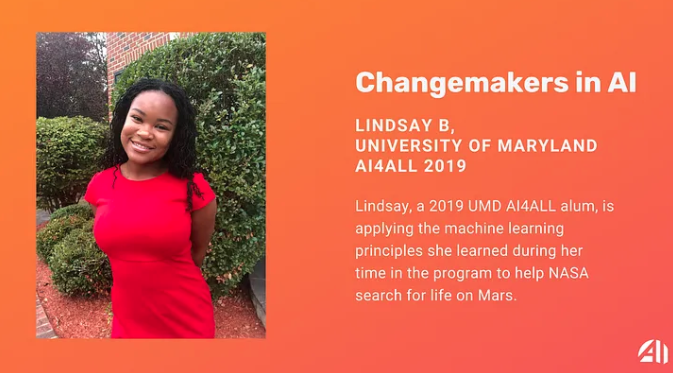



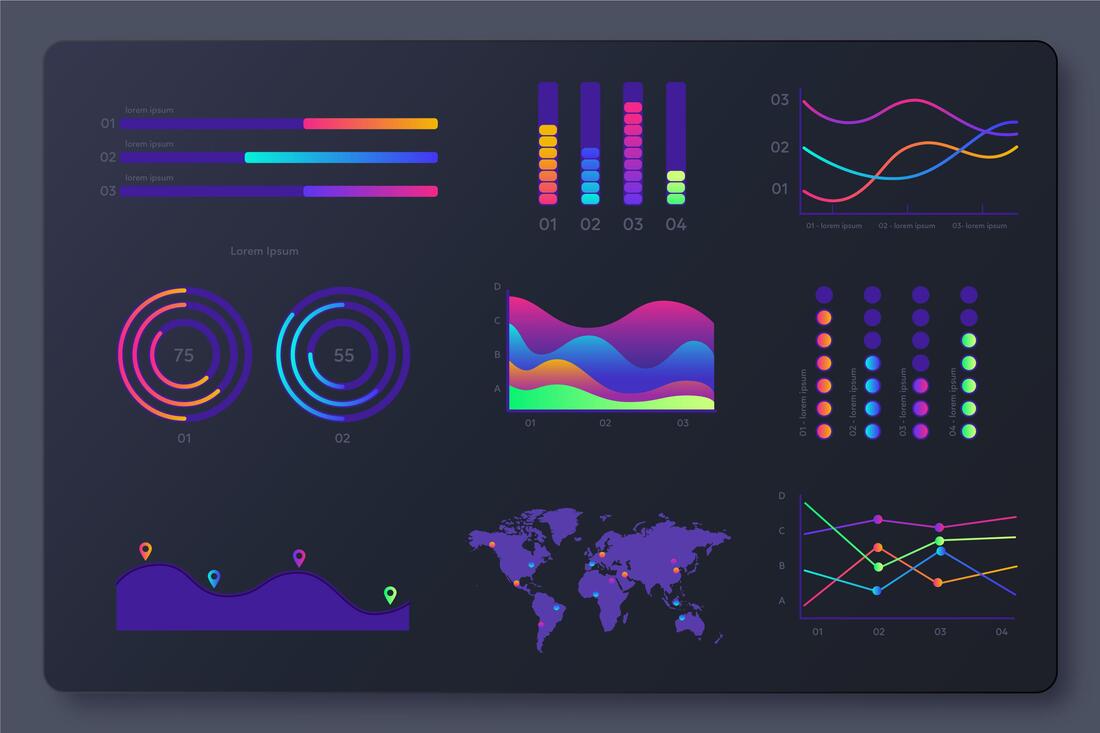
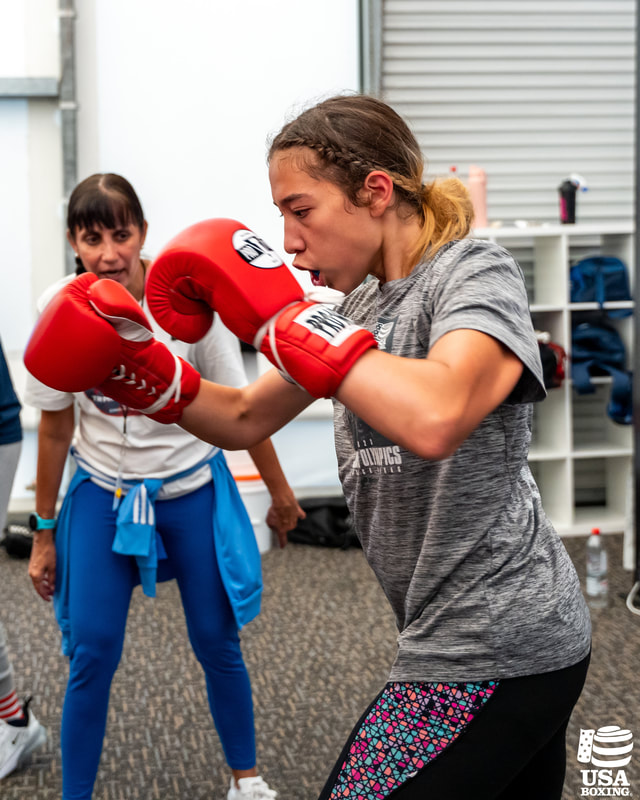
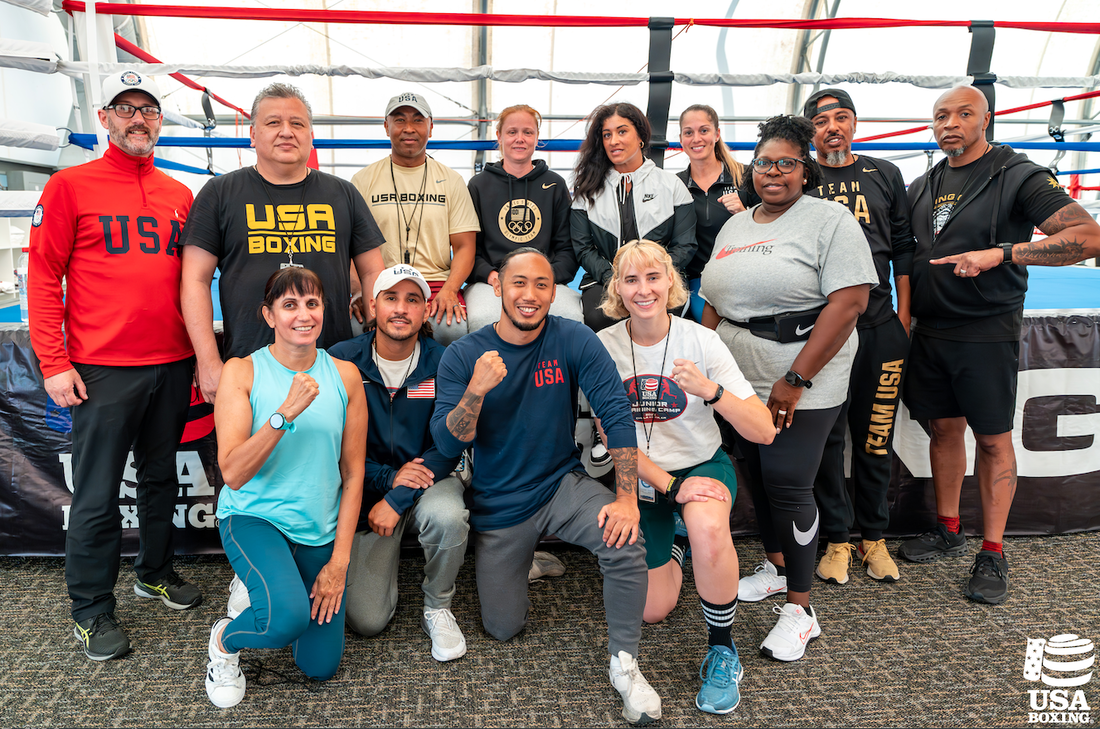


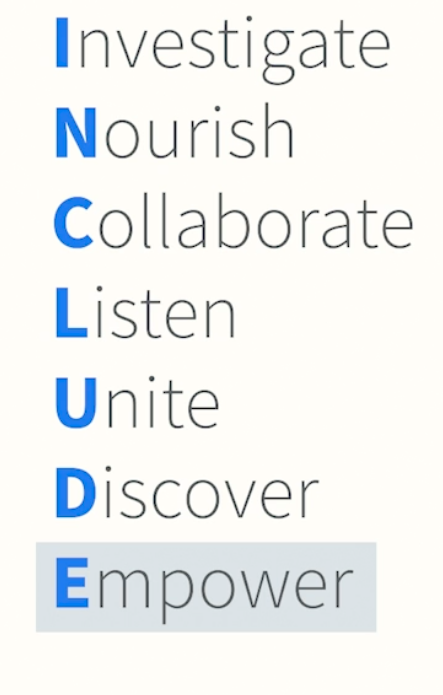

 RSS Feed
RSS Feed
